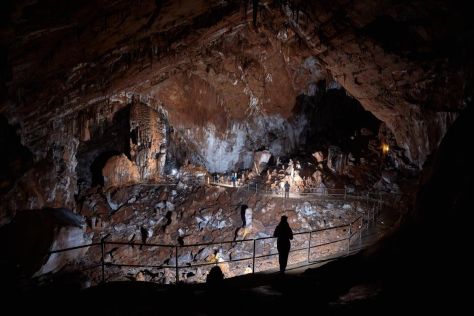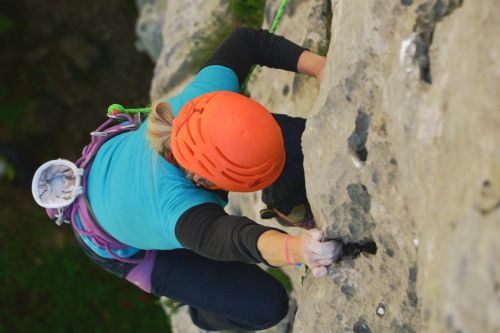DATE OF PROCLAMATION OF THE PROTECTED AREA: October 19th, 1949
PROCLAMATION ACT:
The Act on Proclamation of Paklenica Forest a National Park (Official Gazette no. 84/49);
The Act on Amendments to the Act on Proclamation of Paklenica Forest a National Park (Official Gazette no. 15/97)
AREA: 95 km2
HIGHEST PEAKS: Vaganski vrh 1 757 m a.s.l., Sveto brdo 1 753 m a.s.l.
COUNTIES: Zadar (64 km2) and Lika-Senj (31 km2)
TOWN: Gospić
MUNICIPALITIES: Starigrad and Lovinac
INTERNATIONAL DESIGNATIONS:
- UNESCO BIOSPHERE RESERVE (Velebit Mountain BR), February 10th, 1978
- NATURA 2000 SITE, December 1st, 2014
- UNESCO WORLD HERITAGE SITE, July 7th, 2017
Due to its unique natural features, magnificent forests and extraordinary geomorphologic structures, the area of Velika and Mala Paklenica was proclaimed a national park in 1949. The main reason for proclaiming this area a national park was the protection of the largest and best-preserved forest complex in the territory of Dalmatia, which was threatened by overexploitation. The Paklenica National Park on the area of 95 km2, and includes the highest peaks of the Velebit Mountain - Vaganski vrh (1752 m a.s.l.) and Sveto brdo (1753 m a.s.l.).
It covers the area of torrent flows of Velika Paklenica and Mala Paklenica, and their distinctive canyons carved vertically into the southern slopes of the Velebit Mountain as well as their surrounding area. The relatively small area has an abundance of geomorphological phenomena and forms, diverse flora and fauna, attractive landscapes and intact nature. Different habitats in the area of Paklenica National Park, along with elevation stratification, provide an important home for diverse flora and fauna.
Distinctive features of Paklenica National Park are autochthonous forests of Black Pine, several types of Beech forests and deep canyons with torrent flows of Velika and Mala Paklenica. Within the Paklenica National Park borders there are numerous testaments of interesting and unique cultural heritage.
The name Paklenica probably derives from Black Pine sap called “paklina”, which the locals used in traditional medicine, for wound treatment, for light, and for coating wooden boats.





















